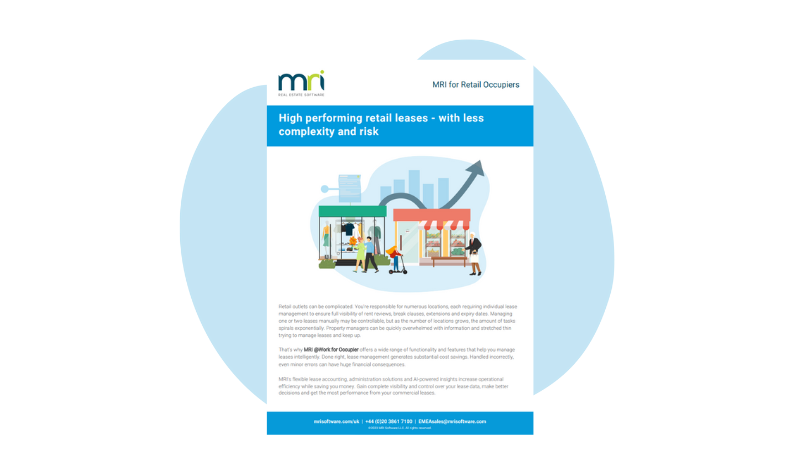3 reasons to rethink office space planning after COVID-19
COVID-19 has dramatically accelerated trends in office space planning. Work from home practices were already impacting the modern workspace before the pandemic, but now, organizations eager to bring employees back into stable and sustainable work patterns are rethinking office space.
As a post-COVID office environment draws near, a key consideration for business leaders will be managing the workflow between those who are coming back into the office and those who are still going to be working from home for a period of time. Let’s take a look at some of the ways that space management can help you bring employees back to the office safely.
Creating a flexible work environment
While previous wisdom called for a desk setup that fostered collaboration, future office space planning will need to take into account that any given space may not be filled with the same people at the same times. With a possible rise in employees who alternate their work schedule between home and the office, consider desks that don’t have permanent assignments. “Hotdesking” can help employees who only come into the office occasionally to find a seat anywhere and access the office’s features and amenities just as easily. This would also mean enabling each desk with access to the company network and arranging common spaces so that collaboration with coworkers can take place in a more spread-out environment.
Balancing work/life integration
The post-COVID office environment is going to include plenty of employees trying to balance work both in the office and at home. How can this balance be facilitated so they can properly collaborate with their counterparts and be as productive at home as they could be in the office? You’ll have to equip your employees who work from home with the tools and technology necessary to establish their home office, but you’ll also need to keep track of those assets from a financial and accounting standpoint.
Increasing square footage requirements
With all this discussion regarding employees no longer working in the office full time, one might think that this would add up to a decrease in square footage. But in rethinking the office to accommodate for that flexible nature of work going forward, it’s possible that larger work areas may be needed. This goes beyond the need for a collaborative workspace or hotdesking, but to facilitate social distancing as people now have illnesses like COVID-19 and the flu on their minds. Establishing more amenity space might be needed, whether it’s for a common space or for additional office space.
No matter which of these issues has the biggest impact on the modern workplace, it’s guaranteed that 2021 office space planning will look a lot different than what many initially planned. Properly managing the space in your office can be the key to success when it comes to bringing employees back safely. Using space planning software is one way to accomplish all this in a visual way, driven by the needs of your organization and availability of the space. Learn more about how space management software can help you smooth the transition back into the office.
Software solutions and services for workplace management, lease administration and lease accounting.Workplace

High performing retail leases – with less complexity and risk
Retail outlets can be complicated. You’re responsible for numerous locations, each requiring individual lease management to ensure full visibility of rent reviews, break clauses, extensions and expiry dates. Managing one or two leases manually …
